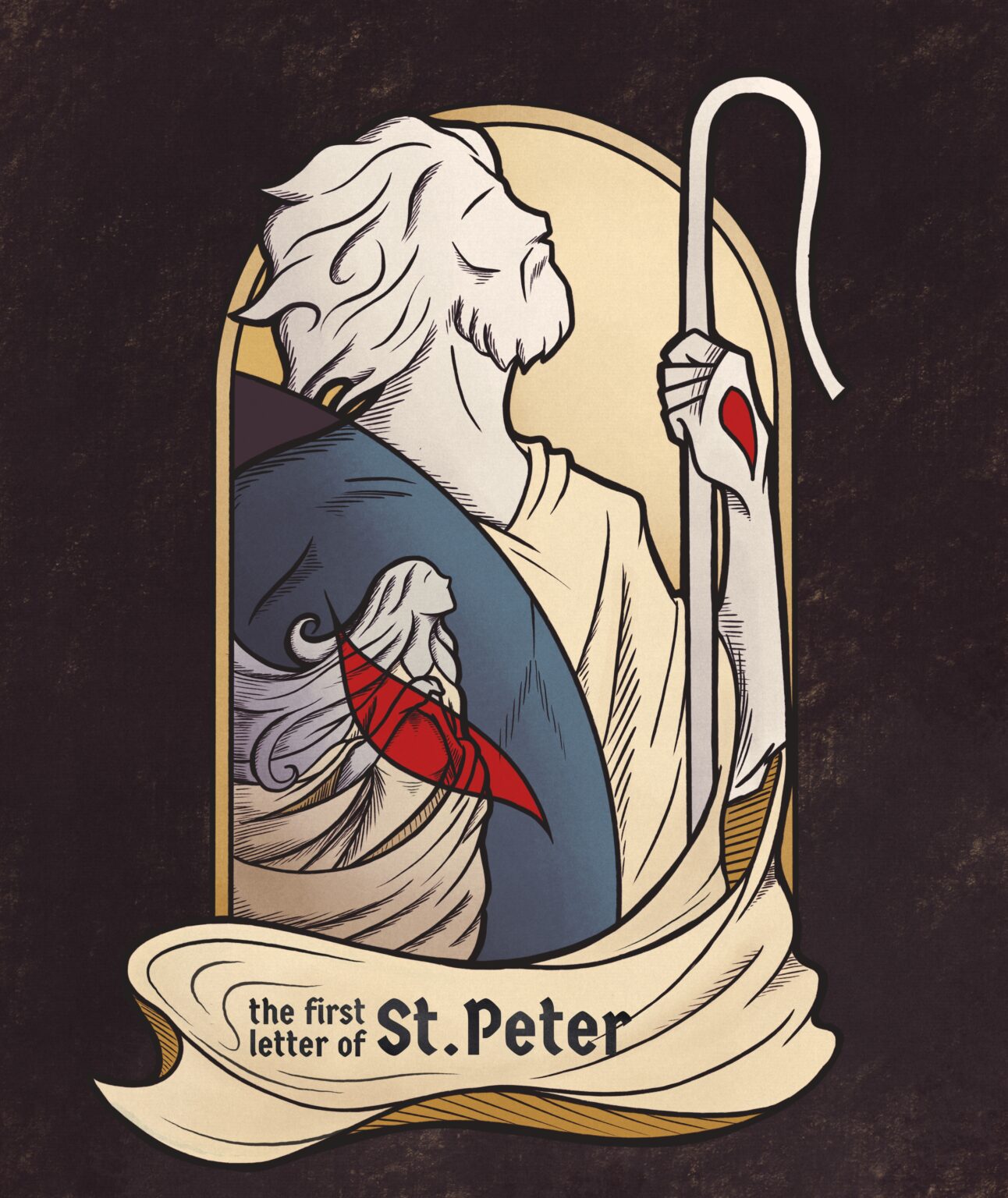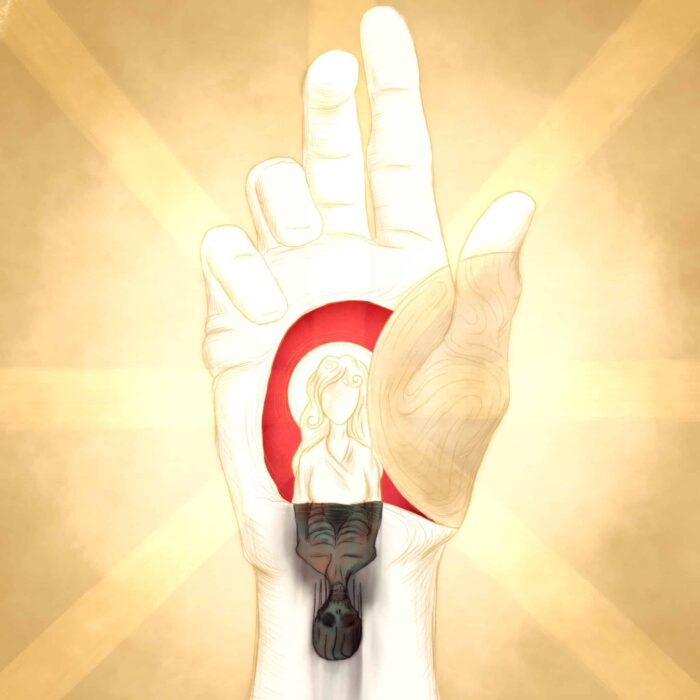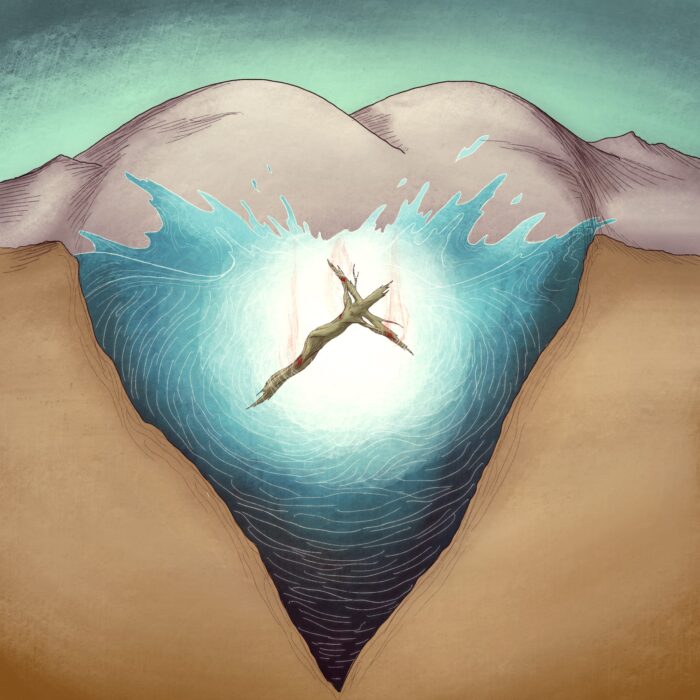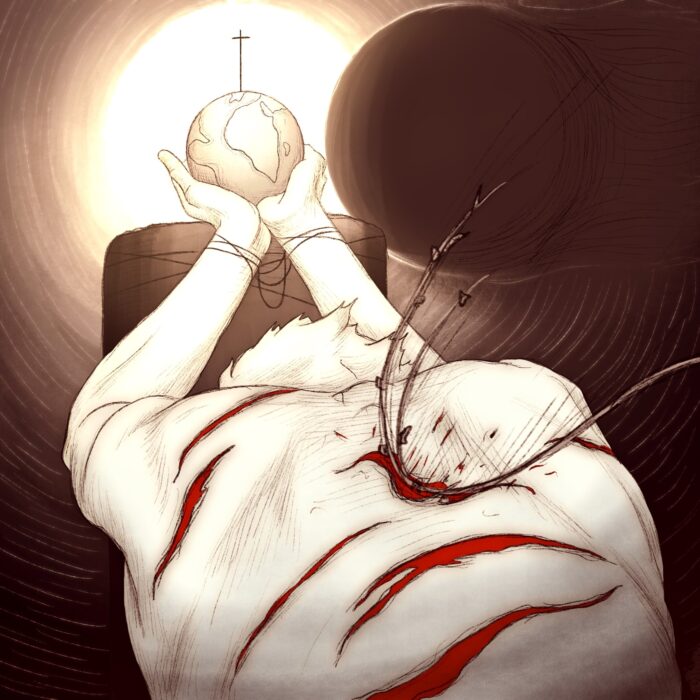If I were to summarize the message of 1 Peter in one sentence, it’d be something like this: ‘In the Suffering and Glorified Christ, Christ-imaging exiles suffer in the living hope of glory.’
The Christ-follower is united to Christ Himself (Peter is no less emphatic about this than Paul or John), and—as such—can expect the shape of their own existence to image that of their Lord. This means that the Christian lives every moment in the eucatastrophic light of Easter morning—which is the light of the face of YHWH (Num6:24-26; 2 Cor.4:6)—such that the very ‘air’ a Christian breaths is one of living, resurrection Hope (1 Pt.1:3). The Risen Lord, enthroned in glory, is the joy-filled salvation kept invincibly for soul united to Him (1 Pt. 15).
At the same time, this union means that the way of life, joy, and peace in this world is the way of the cross, the way of love, the way that leads invariably to suffering (1 Pt.1:6; 2:21; 3:17-18; 4:1, 12-13; 5:10)…It is a way of thorns, to be sure, but of thorns that glitter as gold in the light of the dawn and bloom with the fragrant lilies of our living hope, it is the way upon which alone our Shepherd is to be found and in which alone His voice is to be heard, the way wherein grieving is the seed of glory and the piercing rocks of the path are washed in the blood-red wine of nuptial joy.
So, in this visual exegesis of Peter’s letter, we see Jesus Christ, the Good Shepherd (2:24-25) risen beyond death, radiant in glory. Yet he is partially obscured by the circular form of the grave stone which is, as it were, still rolling away from the mouth of his tomb. Within this stone, we see his body darkened with the sufferings of his people and pierced with the mortal wound of their sin. United to him is the Bride, the Church. Even as she still stands inside the tomb stone—the ‘shadow lands’ of this world of sin, suffering, and mortality—she is already radiant with the light of Christ’s resurrection…By virtue of her union to Christ, she is an ‘exile’ longing for her home (1:1). And, because Christ is risen, her hope of that homecoming is invincibly sure (1:3-5; 5:10).




